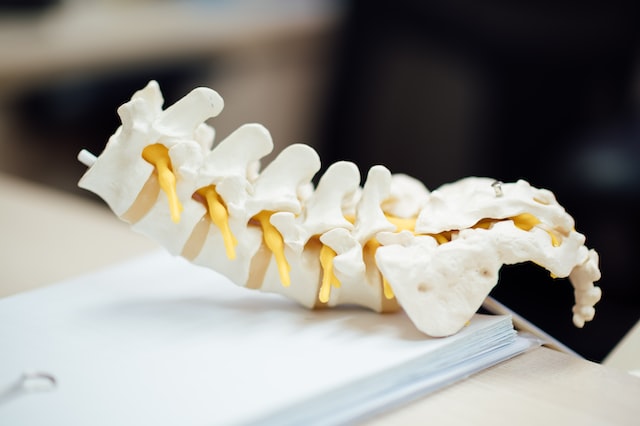Spinal Stenosis

The narrowing of spaces in the human spine is known as spinal stenosis. This medical problem can cause your spinal cord and nerve roots coming out of the vertebra to become compressed. One of the most common causes of spinal stenosis is age-related bodily changes.
If you are dealing with spinal stenosis, you may experience neck and back pain or numbness, and weakness or tingling in the legs and arms. There are many treatments available for spinal stenosis, including surgery, injections, medications, and physical therapy.
Spinal stenosis is defined by one or more spaces in the spine narrowing. When there is less space in the spine, the amount of space for the spinal cord and the nerves of the spinal cord will be reduced. This tightened space can cause the nerves and spinal cord to be pinched, compressed, or irritated. This can lead to sciatica and back pain.
As we mentioned earlier, aging is the number one risk factor associated with spinal stenosis. The effects of repeating repetitive trauma and wearing down of the spinal tissues can cause spinal disc breakdowns, joint inflammation, and bony overgrowth within the spinal canals. A few other risk factors for spinal stenosis include tumors, trauma, and scoliosis.
Some people experience spinal stenosis and have no idea because there are no symptoms or signs. However, if the narrowing worsens enough to compress a nerve, you may feel tingling, numbness, weakness, or altered reflexes in the arms or feet. Symptoms in the foot and leg are associated with lumbar stenosis while symptoms in the hand and arm are related to cervical stenosis.
In some cases, an individual with spinal stenosis may have the following symptoms:

- Frequent tripping due to trouble lifting the toes
- Trouble holding onto things, maintaining balance, or difficulty walking
- Pain and stiffness in the spine
Those with more advanced cases of spinal stenosis may have incontinence with bladder and bowel or groin numbness. This may be related to a rare condition called cauda equina syndrome and constitutes a medical emergency. Call 911 right away if this occurs.
Self-care treatment for spinal stenosis can consist of applying heat for pain or ice for inflammation and tenderness. Exercise may also help with pain by strengthening the muscles that support the spine and improving your balance and flexibility.
There are also many non-surgical treatments for this health ailment. Oral medications are available that may bring some relief. Physical therapy can also be a useful part of treatment. Injecting corticosteroids into the area of the spine where nerves are pinched is another common option. In some cases, a decompression procedure can be done on an outpatient basis.
Modern Pain Consultants can offer you solutions if you are experiencing spinal stenosis. We provide a variety of treatment options for both acute and chronic pain. Our experience and expertise ensure you get the right treatment for your specific needs. Contact us now to set an appointment and get started toward a life with less pain.

